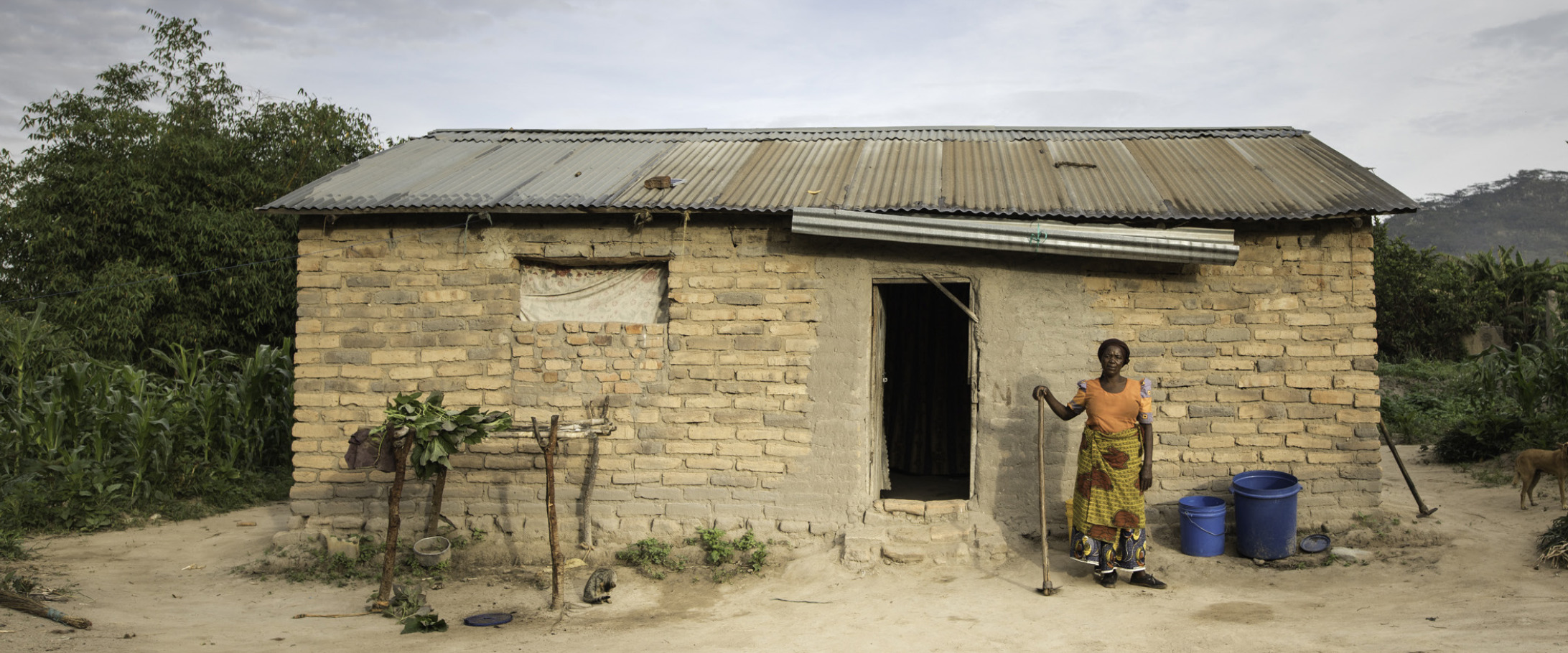Since the year 2000, disasters have been responsible for the loss of one million lives.
As one of the world’s largest humanitarian aid organisations, CARE is one of the first to respond and the last to leave when disaster strikes. But there’s also a lot of work that we do preparing communities for disaster, to reduce their impact.
This work is more important than ever. In just the last three years we’ve seen three of the biggest storms ever recorded – all in the Pacific. When Typhoon Haiyan struck the Philippines in 2013, it was unprecedented. We had never seen 300km/h winds and the damage they could inflict.
Then, just over a year later, Cyclone Pam struck Vanuatu. It was the biggest storm the country had ever seen.
Then Cyclone Winston ripped across Fiji in February 2016. It was the biggest storm ever recorded in the Southern Hemisphere.
We are in the midst of the cyclone season now, and hope that this trend does not continue in 2017. But there is some positive news: the number of people being killed by disasters is falling. And there is a clear reason for this: preparation.
In places like Vanuatu and Fiji, where we work with partners Live and Learn, we are helping remote communities gain better access to cyclone warning systems. We have been working with telecom providers to disseminate warning messages to the ever-expanding mobile phone network, and working with communities to build safe community structures that are more robust in the face of storms. Crucially, we have been training men and women to lead disaster preparedness teams, called Community Disaster Committees (CDC).
In Vanuatu, once the CDC knew Cyclone Pam was near, they started the evacuation procedure, using the megaphone provided by CARE, to announce the imminent arrival of the cyclone. Using CARE’s cyclone map and listening to warnings via radio, the team advised everyone to prepare their houses and to be ready to move to an evacuation centre. Immediately people started preparing: cutting down branches near their homes, fastening roofs, pulling fishing boats out of the water, and gathering essential supplies.
The CDCs were successful: there were no deaths reported in the many villages where CARE has been working.
We can’t stop emergencies like earthquakes and cyclones, but there are ways that we can reduce their impact.
The United Nations Development Program states that for every dollar invested into disaster preparedness, up to seven dollars are saved in the aftermath of a disaster.
In today’s reality, preparedness is more important than ever.
Donate to CARE’s Global Emergency Fund to help communities prepare for and recover from disasters.

